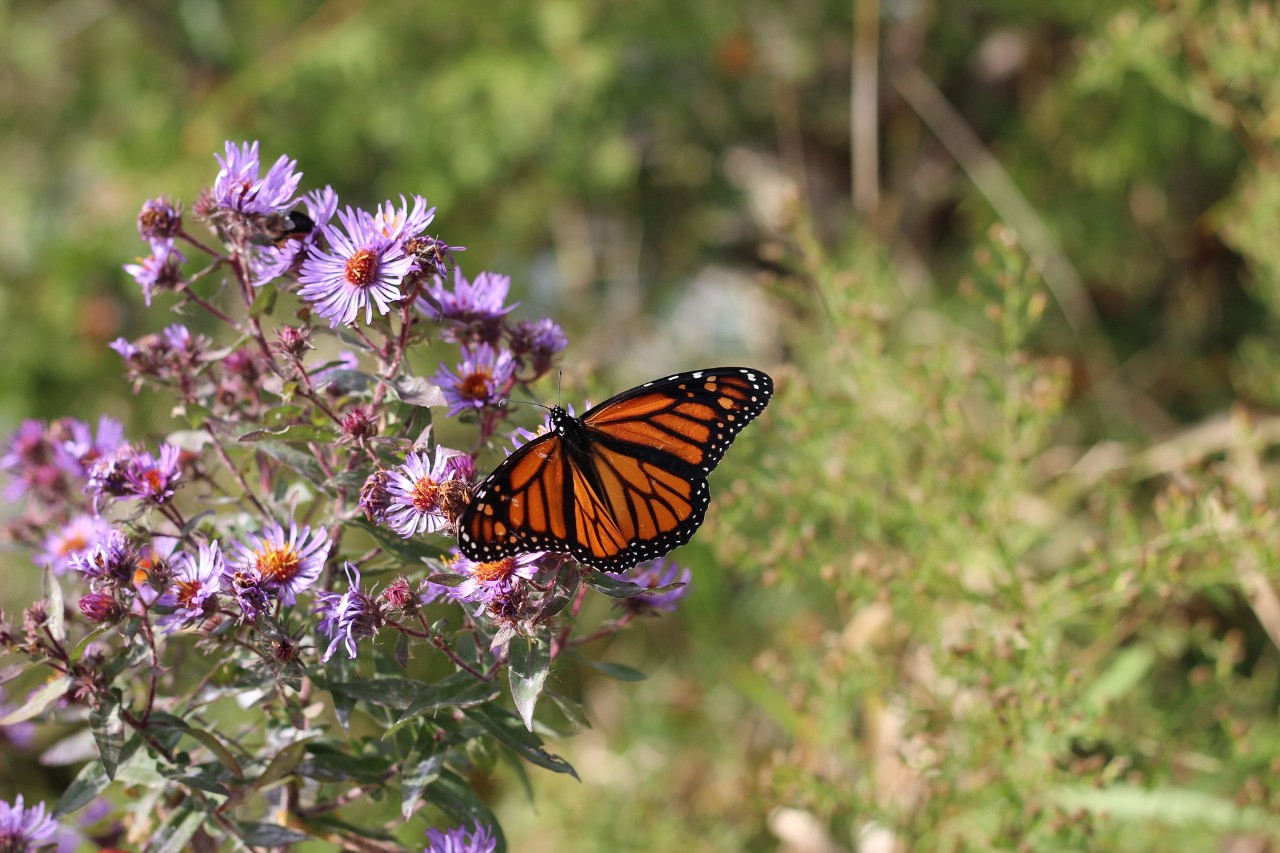
UC biologist presents lecture on Monarch migration patterns
Professor Patrick Guerra explores how butterflies navigate long-distance journeys
By: Keshav Vinod
How do monarch butterflies hatched in Ohio find their way nearly 2,000 miles to their wintering grounds in the mountains of Mexico?
University of Cincinnati professor Patrick Guerra will help explain that mystery during a free public lecture 2 p.m. June 9 at UC's Center for Field Studies.
Guerra, an assistant professor of biological sciences in UC's McMicken College of Arts and Sciences, will give a talk titled "Monarch Butterfly Migration in a Dynamic and Changing World."
“An advantage of using monarchs as a model for studying migratory phenomena is that you can rear and test them under controlled and field conditions,” said Guerra, who has conducted extensive research and study into the migration of Monarch butterflies. “Monarchs are also amenable to both laboratory and field-based experiments and observations.”
The UC Center for Field Studies at the edge of Miami Whitewater Forest is a good place to see monarchs and other butterflies scattered across its acres of wildflower fields.
The presentation will explore how butterflies move and disperse. The main goal is to understand how they can both orient and navigate during such long-distance journeys. Guerra's talk also will explore how environmental stressors can negatively impact butterfly movement and highlight the resilience of these behavioral patterns in the face of climate change.
“Monarch butterflies use various compass mechanisms to help them orient during their annual long-distance migration in North America,” Guerra said. “Monarchs sense cues from their environment to help guide their trip. Changing environmental conditions can potentially prevent monarchs from successfully using these compass mechanisms during their journey.”
According to Guerra, factors such as global warming and climate change also play a big role in migration patterns. For Monarch butterflies, changes can interfere with the cues that mediate the migratory behavior. Monarch butterflies use a time-compensated sun compass for orientation during migration. This compass is calibrated by a specific temperature. These changing temperatures can hinder the navigational abilities of the butterflies.
"Monarch Butterfly Migration in a Dynamic and Changing World" will be presented 2 p.m. Sunday, June 9, at UC's Center for Field Studies, 11053 Oxford Road in Harrison.
Related Stories
Challenges for veterans in the workforce
December 22, 2025
A new research review examines how veterans and their families impact the economy.
A year of momentum at UC Law—and the path ahead
December 19, 2025
College of Law Dean Haider Hamoudi reflects on 2025 successes and shares a message about the future.
Future Tech Forum tackles an AI-driven world
December 19, 2025
Cincinnati innovators and business leaders packed UC’s 1819 Innovation Hub in early December for the Future Tech Forum, where they considered the road ahead for AI.
